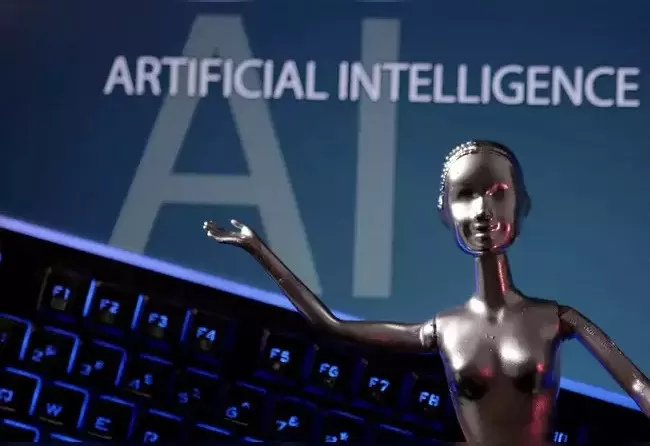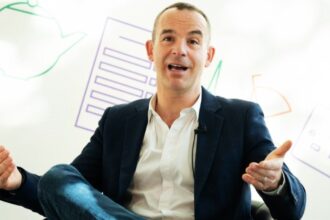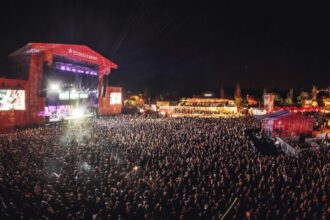Deepfake is a technology by which a video is made by fitting the face of another person in a real video, this video looks real. Many apps make it easy to create deepfakes even for beginners. Like the Chinese app ZAO DeepFace Lab FakeApp and Face Swap. Not only this, a large number of deepfake software is available on the open-source development community GitHub.
Actress Rashmika Mandanna became a victim of a technology called deepfake. After this, this deepfake AI tool became a topic of discussion. Its consequences are so dangerous that PM Modi himself called it a threat. But what is this technology and how does it work, let us know about it in detail.
What is a deepfake video?
Deepfake is a technology by which a video is created by fitting the face of another person into a real video, making this video appear real. The help of AI is taken to make videos. The term deepfake comes from deep learning algorithm technology. This technology teaches itself to solve problems with the help of data and can be used to create fake content for a real person.

Deepfake making apps
The process of creating deepfakes is complex but its software is easy to access. Many apps make it easy to create deepfakes even for beginners. Like Chinese apps ZAO, DeepFace Lab, FakeApp, and Face Swap. Not only this, a large number of deepfake software is available on the open-source development community GitHub.
How are deepfakes made?
There are many ways to create deepfakes. However, the most common method uses face-swapping techniques using deep neural networks. It first requires a target video to use as the basis for the deepfake, and then a collection of video clips of the person you want to insert into the target video. Videos can be completely different from each other. For example, your target can be a clip of a Hollywood movie and the person whose video you want to include in the movie can be any clip downloaded from YouTube.
The program estimates what a person looks like from multiple angles and positions and then finds shared features and places that person in the other person’s place in the target video. After this, it is mixed with the help of Generative Adversarial Network (GAN). It identifies and removes any deficiencies in the deepfake in several rounds. In such a situation, it becomes difficult for those who identify deepfakes to decode it.

How to identify deep fakes
Several indicators can help identify deepfakes.
- Do details look blurry or unclear: Do you notice any problems with your skin or hair? You can look at the face carefully to see if it looks too blurry.
- Does the lighting look unnatural: Deepfake algorithms generally take the lighting of the clip used as a model for the fake video. But matching it with the lighting of the target video can make a difference.
- Do the words or sounds not match the visuals: If the video is fake but the original audio has not been carefully tampered with, the person’s audio may not match.
- Does the source seem trustworthy: Journalists and researchers use reverse image search techniques to check the true source of an image. You can also use this technique to check how trustworthy the source is. You should also check who posted the image, where it was posted from, and whether or not posting the image makes any sense.





